You never know which anime series will be smashing hits and which will end up forgotten by fans… and this works both inside Japan as well as all over the world. In today’s post, let’s look at the odd phenomenon of anime that became more popular outside of Japan than inside!
Why Are Some Anime Series More Popular Outside of Japan?
You never know why a particular anime might become a huge hit in a certain country. It could have to do with the timing of its release, the unique emotional connection fans form with the characters, and of course, whether it was broadcast on TV, and shown repeatedly in re-runs. There are quite a few anime series still loved by international fans decades later, which have been forgotten inside Japan.
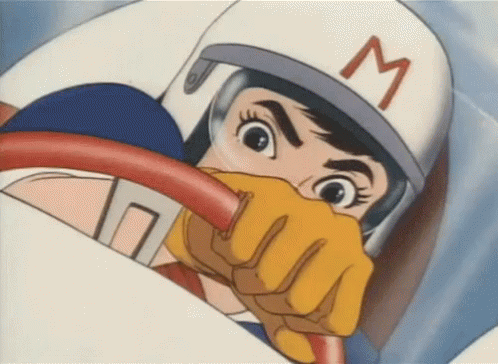
Speed Racer. Let’s start with the King of Anime Popular Outside of Japan. While Mach Go Go Go! became a cult classic internationally, Japanese fans largely forgot about it.

Marine Boy. When my five-year-old self wasn’t watching Speed Racer or Johnny Sokko and his Flying Robot, I watched Marine Boy (YouTube Link). It was the story of a boy who could swim underwater by chewing “oxygum” using jet packs attached to his boots. He had a mermaid girlfriend and a dolphin sidekick named Splasher. Sadly the show is totally forgotten inside Japan.
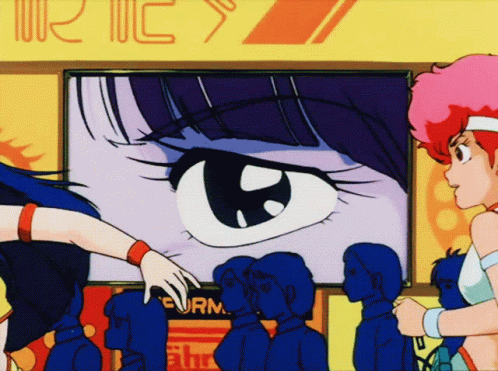
Dirty Pair. Another anime that really blew up internationally but was only a moderate success inside Japan was Dirty Pair, the story of the “Lovely Angels” who will solve any problem for you…and probably blow up your planet in the process.
The Dirty Pair anime and the history of Star Trek in Japan are closely connected, too. Details here!

Cowboy Bebop. Another anime that defined everything cool about Japan in the eyes of the world, Shinichiro Watanabe’s masterpiece, was only a moderate hit inside Japan.
What lessons can Netflix learn from the cancelation of the live-action Cowboy Bebop? Read this blog post!

The Big O. One great side-effect of the international popularity of anime is how it allows for new funding sources. The Big O, the anime that answers the question, “What if Bruce Wayne lived in a Lovecraftian universe and piloted a giant robot?” was a huge hit overseas, saving the show from cancellation.

Genshiken. To foreign anime fans, this slice-of-life anime about members of a university anime club came to define what it meant to be an otaku in the early 2000s. To fans inside Japan, it was…just an anime about stuff they could all do every day and was thus not all that special.
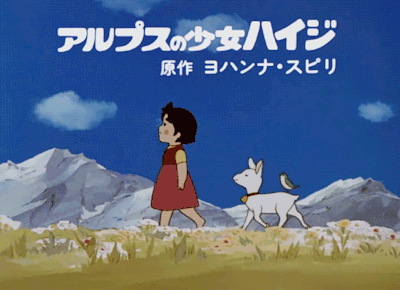
Heidi, Girl of the Alps. This influential anime by Isao Takahata, Hayao Miyazaki, and Yoshiyuki Tomino has been adopted as an Honorary National Treasure of Switzerland, Italy and Germany. Most European fans grew up watching the series on TV without knowing that it came from Japan.

A Dog of Flanders. Is it possible for an anime to define a country yet be unknown inside that country? That’s the situation with A Dog of Flanders, an anime based on a 19th-century British novel of the same name. Every Japanese will weep at the final scene of Nello, and Patrache ascending into Heaven and happily make pilgrimages to see the famous Rubens painting in Antwerp…but Belgians seem to have zero awareness of the show.
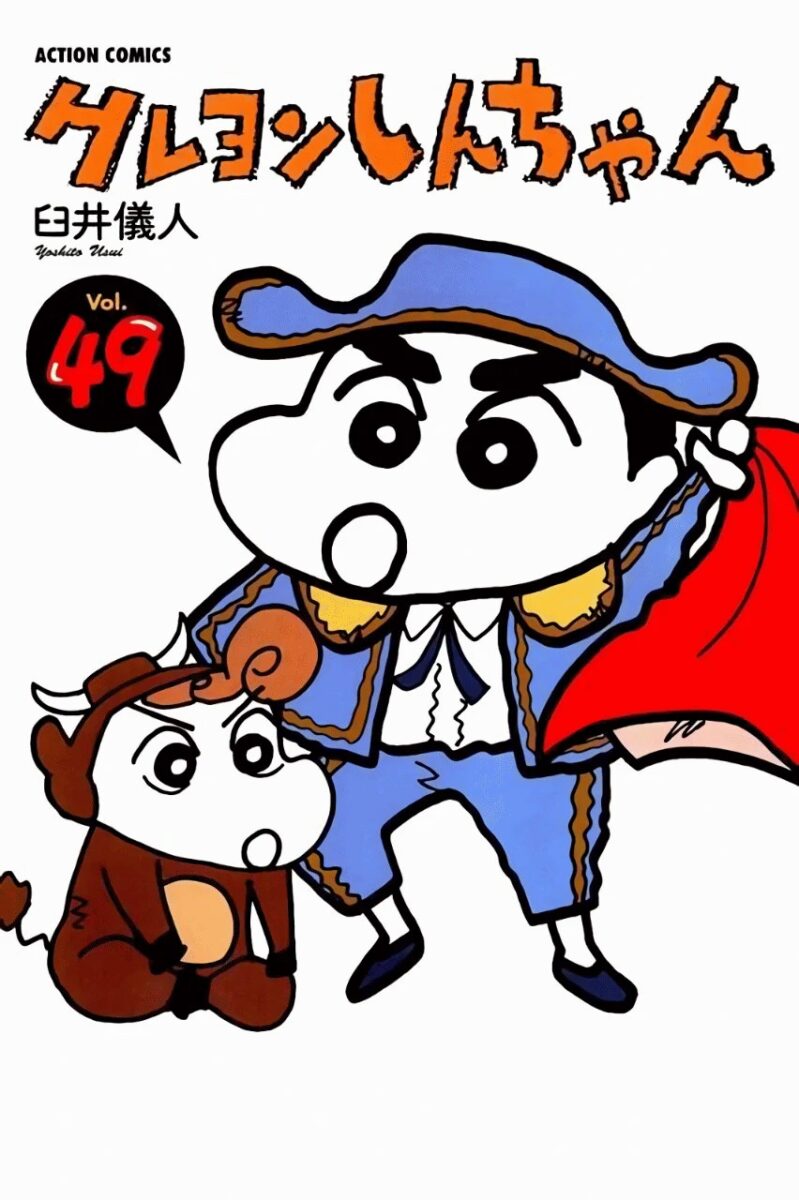
Crayon Shin-chan. The story of unruly Japanese boy Shinnosuke Nohara, who asks difficult questions like “why does the tissue box in Mom and Dad’s room run out faster than in other rooms around the house?” is hugely popular in Spain. It was so popular that creator Yoshito Usui had the Nohara family visit the country several times to thank fans for their support.

Slam Dunk. There are more than 300 million active basketball players in China, about the same as the entire population of the United States. The sport became so popular because of the Slam Dunk manga and anime, which was huge in China. If you visit a certain train crossing in Kamakura, you’ll see dozens of Chinese tourists taking pictures there…well, when the country isn’t experiencing COVID lockdowns, that is.
Samurai Pizza Cats. No one remembers 1991’s Kyattou Ninden Teyandee inside Japan, but international fans sure can’t forget its English dub, Samurai Pizza Cats. According to legend, the translation of the show was done so poorly the English producers got the bright idea to throw it out and ad-lib all the dialogue instead.
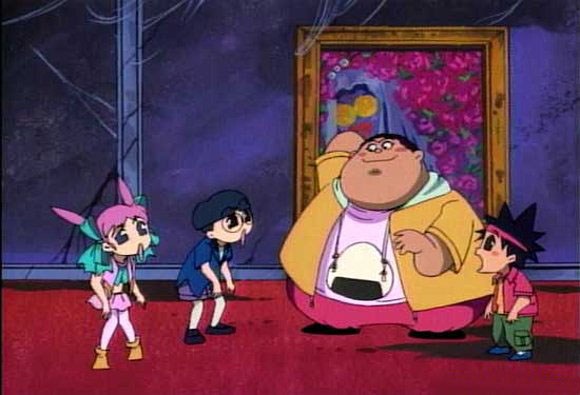
Dotto! Koni-chan. Often an anime will explode in popularity in South American countries, which is what happened with Dotto! Koni-chan has a huge following in Mexico, Chile, Columbia, and Argentina. In general. Latin American countries had a great tradition of broadcasting anime as-is, without removing the violence and nude-magical-girl-transformations, which often happened with U.S. releases.

Bondage Fairies. Having a work become more popular outside of Japan than inside isn’t reserved for anime: it can happen to hentai manga, too. The Bondage Fairies erotic manga was only a minor hit inside Japan, but when Eros Comix published it in English, it became so popular that new chapters got funded.
Thanks for reading this blog post about anime that became more popular outside Japan than inside. Got any more examples we forgot to list? Post them below, or reply to us on Twitter!

The Holiday Season is fast approaching, and J-List wants to thank everyone for helping us through this challenging year. Take an extra $20 off all orders of $100 or more shipping from Japan using code EARLYCHRISTMAS. Start browsing awesome products here!















